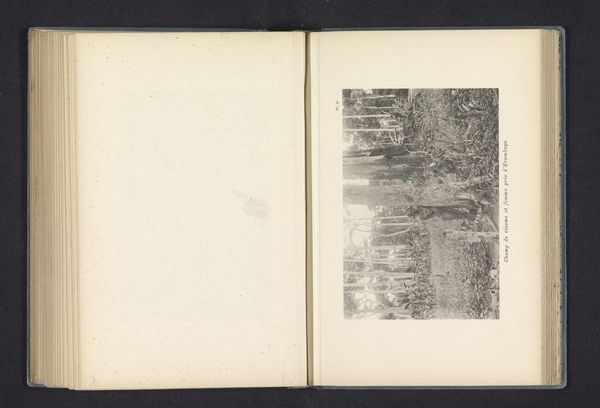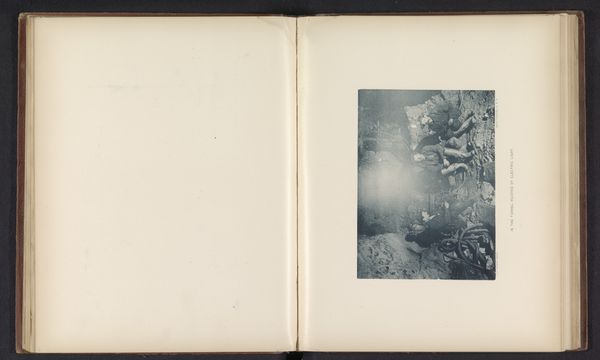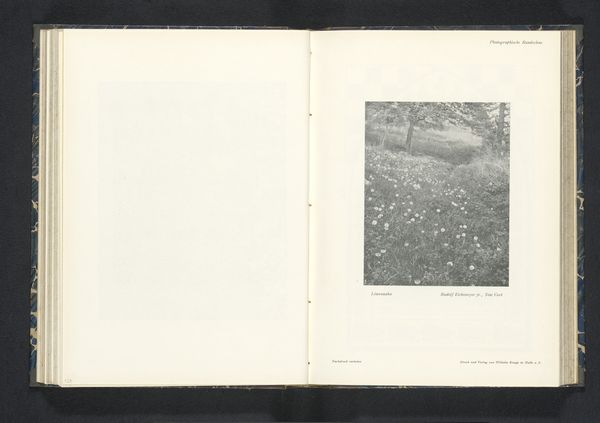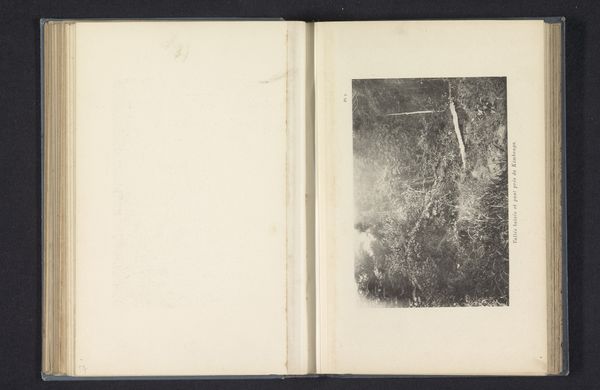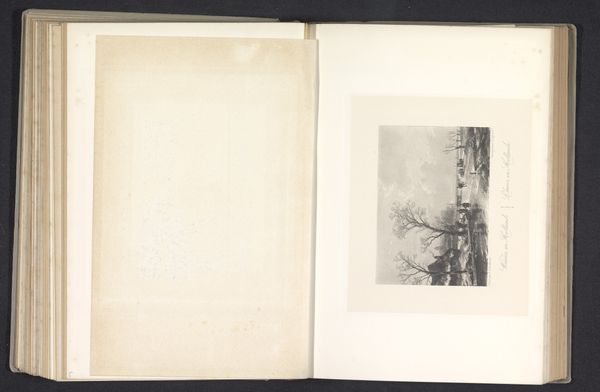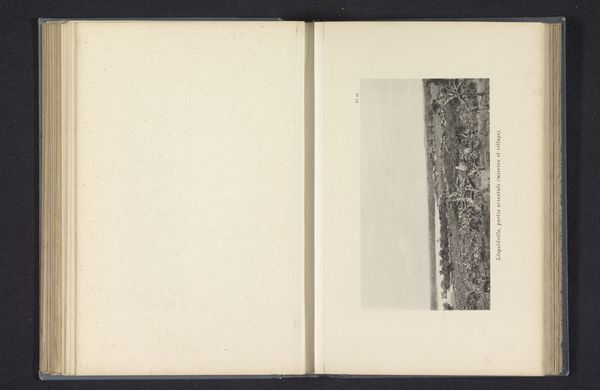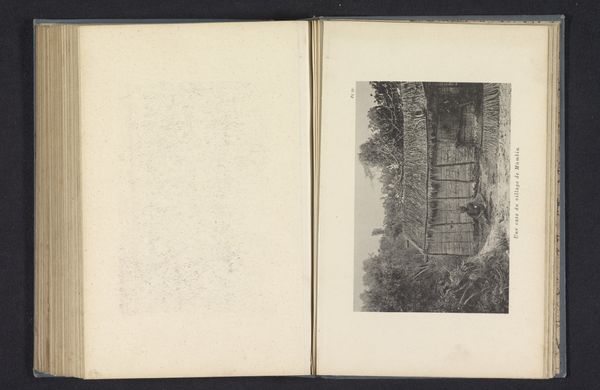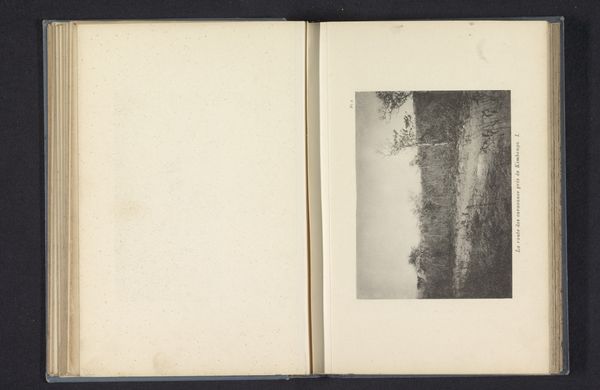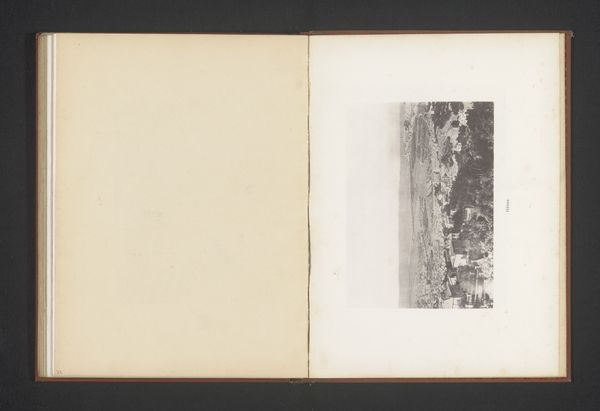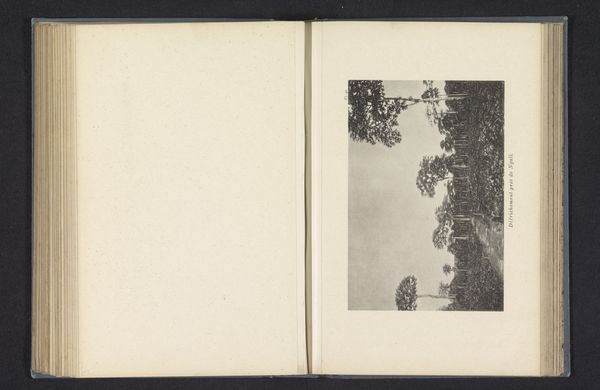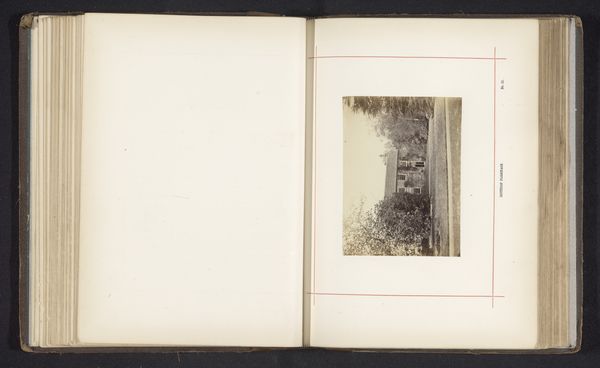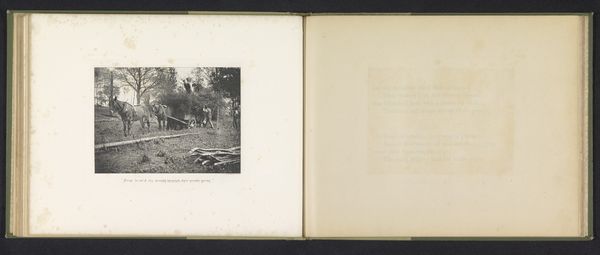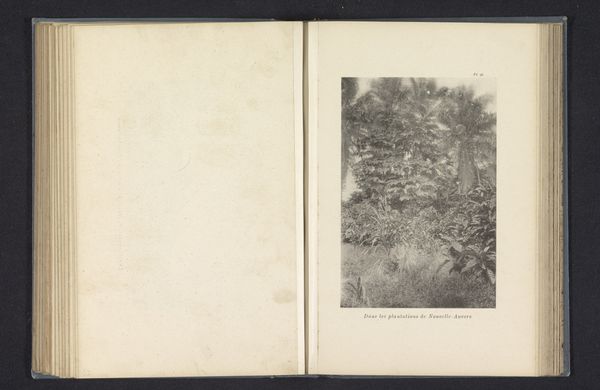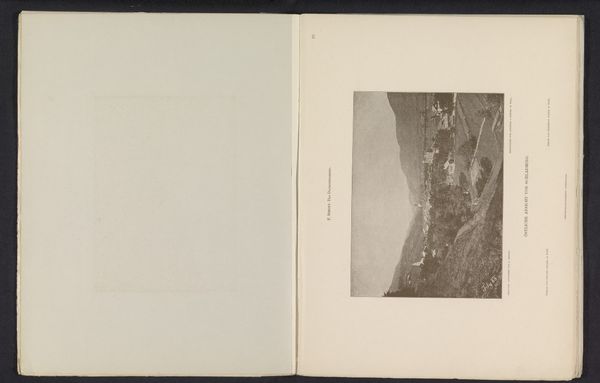
photography, gelatin-silver-print
#
landscape
#
photography
#
gelatin-silver-print
#
realism
Dimensions: height 161 mm, width 110 mm
Copyright: Rijks Museum: Open Domain
Curator: This image is a gelatin silver print from 1896 entitled "Struikgewas nabij Bogolo," taken by Franz Thonner. What do you make of it? Editor: It's striking how dark it is. A thick wall of foliage—you can almost feel the humidity. It looks less like a careful observation and more like a chance snapshot from within a jungle. Curator: Interesting point. Considering Thonner's work documenting botanical specimens in the Congo Free State, this photograph challenges the notion of detached scientific observation. His involvement was undoubtedly tied to the exploitative colonial practices occurring at the time. Editor: Absolutely. And that process—collodion glass plates and the physical labor of developing photographs in the field, must have influenced how Thonner approached this project. Photography in this context feels like a forceful act of material extraction. It renders nature as an image, disconnected from its lived environment. Curator: The context of the Congo Free State then gives us a framework. It's an unsettling commentary, isn’t it, on the European impulse to classify and possess natural resources? This isn’t a neutral landscape; it is ground zero of the raw materials extraction that facilitated so much western industrial progress. Editor: Yes, think about what materials Thonner used to develop his images - all pulled from different environments across the globe and assembled here, within this book, an agent itself within resource extraction. Curator: That resonates powerfully. The image, presented almost as an appendix to the violence of the era, becomes a material echo of the landscape it depicts. Editor: Examining the history of photographic materials in this way gives such weight to its creation, moving us far beyond an academic reading of botany or landscape! Curator: Precisely, and hopefully provides visitors a space to question the historical context within photography, and how we receive information through images today. Editor: I hope it can invite reflection upon that and more... maybe prompt them to start some change in how things operate on a larger level.
Comments
No comments
Be the first to comment and join the conversation on the ultimate creative platform.
